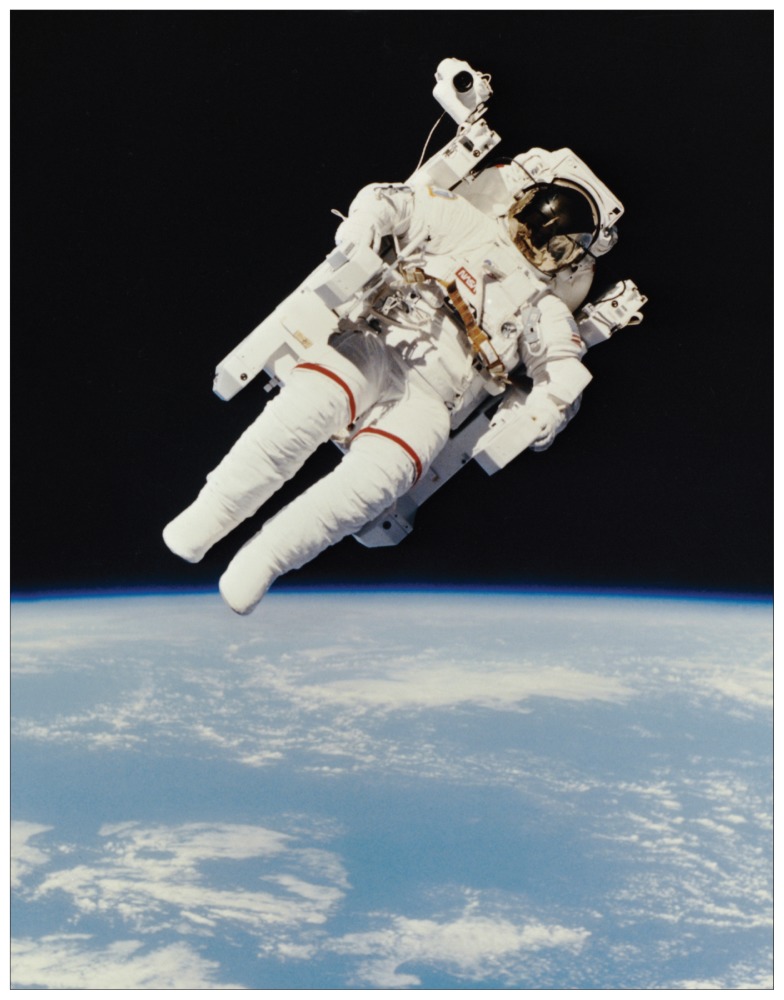As space agencies plan for extended space flights, including a possible manned mission to Mars, the National Aeronautics and Space Administration (NASA) is turning to ethicists for help in assessing how much risk astronauts should reasonably bear from radiation exposure and other hazards.
The US Institute of Medicine’s Committee on Ethics Principles and Guidelines for Health Standards for Long Duration and Exploration Space-flights, which is charged with examining the policy and ethical issues of longer missions, has met three times since May.
Space exploration and clinical research involving human participants share many similarities, because astronauts, like research volunteers, bear “a lot of personal risk” in the name of social good, says Jonathan Kimmelman, a committee member and associate professor of biomedical ethics at McGill University in Montréal, Quebec.
This has led committee members to pose questions such as “How much risk can an agency expose its astronauts to in pursuit of a socially valuable mission?” he says.
Radiation exposure is one of the quantifiable risks agencies know their astronauts will encounter, since leaving low earth orbit and travelling to Mars will raise a crew’s exposure to levels far exceeding current standards. An astronaut is exposed to radiation not only through spaceflight missions, but also from medical tests, X-rays and flight training on jets.
During spaceflight missions, each astronaut wears a personal dosimeter which logs their exposure. These figures become “part of the astronaut’s medical file, and can be used to track the cumulative exposure,” Dr. Raffi Kuyumjian, chief medical officer at the Canadian Space Agency, writes in an email.
Exposure levels not only determine who goes on a mission, but may also limit a space agency’s ability to launch a mission at all.
An astronaut is exposed to radiation not only through spaceflight missions, but also from medical tests, X-rays and flight training on jets.
Image courtesy of © 2014 Thinkstock
“A candidate for a specific flight is not eligible for selection for that flight if the sum of the astronaut’s career occupational exposure to date plus the projected mission exposure associated with that flight exceeds the career limit,” writes Kuyumjian, who served as flight surgeon for Chris Hadfield during the Canadian astronaut’s recent sojourn on the International Space Station.
The Canadian Space Agency sets the career limit at 1 sievert (Sv), as do the Russian and European space agencies. NASA sets the radiation exposure limit at that which would confer a 3% increase in an individual’s lifetime risk of death from cancer. These limits severely shrink the pool of astronauts eligible for longer journeys, such as the one-year mission to the International Space Station scheduled for 2015 in preparation for eventual flights to an asteroid, Mars or other targets in deep space.
When NASA attempted to identify a crew for the one-year mission, for example, “the number of available candidates was extremely low,” Chief Astronaut Robert Behnken told the ethics committee in a presentation on July 25, explaining that there were effectively 3 candidates for 2 positions.
A round-trip mission to Mars is expected to take 360 days or longer, and according to data obtained from the Curiosity rover’s 253-day cruise to Mars, would expose astronauts to radiation as high as — or higher than — the current lifetime limit (Science 2013; 340:1080–4).
The ethics committee is not recommending specific numbers or risk levels concerning radiation exposure, says Kimmelman. But the committee will provide NASA with some guiding principles.
“NASA cannot say, ‘Well, if an astronaut volunteers to go beyond a set of safety standards, we should let them; it’s their free will’,” Paul Root Wolpe, NASA’s senior bioethicist, told the committee at its meeting on May 30.
Scientists are studying strategies to reduce risks, including developing better methods of shielding spacecrafts from radiation. But those technologies are not yet ready for testing in space.
Laurie Zoloth, a bioethicist at Northwestern University in Evanston, Illinois, is urging the committee to consider “what needs to be invented” to keep astronauts safe. In her July presentation, she gave the analogy of Robert Falcon Scott’s doomed 1912 mission to the South Pole. The entire crew died, in part because Scott lacked the necessary tools to keep the expedition members alive, though “technologies that could have saved lives,” such as planes and trucks, “were only a decade away.”
The question about long duration spaceflights is “not whether the research is in principle ethical …” she told the committee, “but whether it is ethical to do so now, at this particular moment, with these particular limits on our technology, or whether waiting until technology catches up to our ambitions and dreams is the best course.”
Space agencies are also contemplating how they select astronauts for missions, says Kimmelman.
“It is at least conceivable that NASA might one day be able to use biomarkers to stratify astronauts according to their genetic sensitivity to radiation exposures,” he wrote in an e-mail. The ethics committee is considering “how such stratification might be accomplished without unfairly discriminating against astronauts who show greater genetic sensitivity.”
The Committee will issue its report next year.



